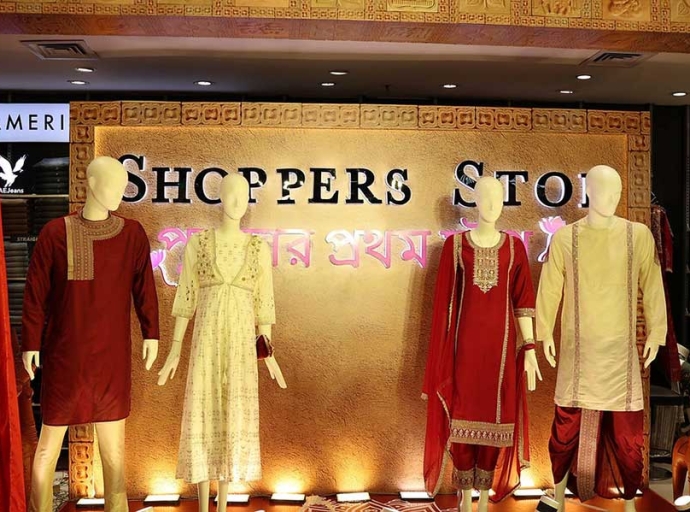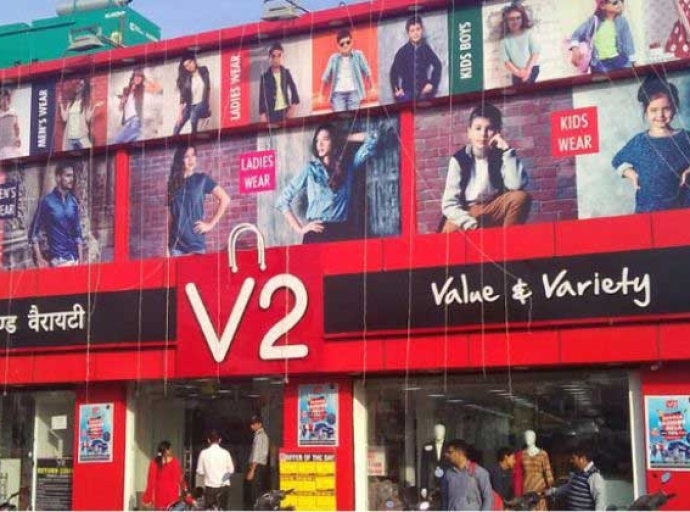12 April 2023, Mumbai
Key Highlights and Analysis; Cashmere clothing market is to grow at 4.2% CAGR, reaching USD 3.33 billion in 2023, and is projected to reach USD 4.44 billion by 2030, per Fortune Business Insights.
An interesting reference is that the women's demographic predominantly rules the market, with a noticeable observation of physical/offline distribution in the channels of choice preferred by luxury clothing wearers.
After having in a good sense recovered from the COVID-19 pandemic's ill-effect/unfavorable impact market continues to be in the positive growth territory with levers driving the rising demand for high-quality luxury apparel/garments and factors like rising disposable income, and greater digitalization are all giving a leg up to the category with a lot of uptick in this growth story.
Some of the leading global brands well-known for their fascinating cashmere value offerings are:
J.Crew, Ralph Lauren, Loro Piana, Naadam, Johnstons of Elgin, Burberry and so and so forth
Indian View
As the Indian economy is progressively marching ahead and retail industry is arriving and per-capita income keeps rising the Indian cashmere market is steadily experiencing positive growth on the back of Indian wearer's appetite for luxury and high-end apparel/garment/clothing premium quality cashmere products also riding on the piggyback of consumer purchase journey transcending upper middle class upwards the economic strata against evolving socio-economic developments.
Kickers; Levers like changing consumer preferences towards luxury and sustainable materials, and favorable government policies are all fuelling the market's growth deepening & widening the scope of this interesting apparel category.
Top Indian brands that are known for cashmere product-line:
Shingora, Pashma, Kullu Karishma, Kashish, and Loom of Ladakh are some of the vibrant brands that play in this category serving unique patterns and colors, reflecting traditional Indian motifs.
Nuances
Adding to the heft are the technological advancements of emerging technologies in cashmere processing and production eco-system giving an impetus to promoting the category to boost the overall market's size, scope, and scale helping the industry go up, up & away in the coming years.
The interesting piece of the global story is that China remains the bright spot being the largest exporter and Italy enjoys the distinction of being the largest importer of cashmere clothing.
Whilst, Asia commands on the manufacturing front by being the key global cashmere production sourcing hub all thanks to low raw material costs/affordability and a cheap skilled labor force.
Global supply chains (GSCs)
The article is an attempt to touch upon the technicalities of this category fondly referred to as Luxurious warmth/a luxury textile fiber, sourced from the soft undercoat of cashmere goats.
The key global regions for cashmere production entail places like Mongolia, China, and Inner Mongolia.
Process-wise after shearing, followed by the raw cashmere is processed, spun into yarn, and then used to create cashmere apparel/clothing viz. sweaters, scarves, and shawls through multiple production processes.
Another interesting highlight about cashmere clothing is that it is often construed to be a trans-seasonal category well entrenched in the fashion universe.
Another distinction Cashmere unequivocally enjoys is the recognition as a fine and lightweight natural fiber, that provides fabulous insulation and reasonably high warmth during colder months especially suited for colder zones, making it ideally making it a suitable product for fall and winter wear.
We have to state here that, cashmere's intrinsic breathability and wonderful moisture-wicking properties add together make it pretty comfortable to wear, especially during milder weather conditions, particularly in spring and early autumn.
Besides, outlining other striking features Cashmere clothing boasts is proving itself vibrant, versatile, and adaptable, making it eligible for independent layering or wearing in varied seasons, only making it a preferred/popular choice for trans-seasonal dressing so to say.
Insights and Analysis
The women's demographic holds the highest market share due to the availability of diverse designs and garment options. Offline distribution channels dominate the market as luxury clothing consumers prefer to inspect product quality and authenticity before purchase.
A Closer Look at Cashmere Clothing
The COVID-19 pandemic had a negative impact on market growth due to the shift in consumer demand towards essential commodities from luxury products. However, factors such as rising demand for high-quality clothing, adoption of fashionable and luxury garments, and increasing disposable income among the working population, including the trend of millennials spending on premium products, are expected to fuel market expansion.
Everything You Need to Know About Cashmere Clothing
China is the largest exporter of cashmere clothing in the world, accounting for around 70% of global cashmere exports, with Italy being its largest importer. China is also the largest importer of cashmere, driven by its growing national economy and improving quality of life.
However, China's brand penetration in the cashmere market is low, with most local brands operating as OEMs and lacking significant brand presence.
The Exquisite World of Cashmere Clothing; The United States is also a leading manufacturer of cashmere clothing, producing about 19% of the world's cashmere in 2016.
Among the continents, Asia dominates global cashmere production due to low raw material costs and cheap labor availability, leading many renowned cashmere brands to set up manufacturing bases in Asia.
Wrapping Yourself in Luxury
The global fashion luxury cashmere market is highly concentrated, with the top 20 brands accounting for 50% of the global market share. Some of the leading players in the global cashmere market include Loro Piana, Brunello Cucinelli, Ermenegildo Zegna, Malo, Pringle of Scotland, and TSE, among others.
Market players are investing in innovations in the design and comfort of cashmere clothing products to capitalize on future growth opportunities.
The Soft Side of Style; Additionally, the increasing awareness about cashmere clothing in regions where the market was not large enough, facilitated by digitalization and internet penetration in major countries, is expected to further drive the growth of the cashmere clothing market.
Understanding Cashmere Clothing
In conclusion, the global cashmere clothing market is expected to grow steadily in the coming years, driven by factors such as rising demand for high-quality clothing, increasing disposable income, and the adoption of luxury garments. China remains a dominant player in cashmere production and exports, while Asia leads in global cashmere production. Market players are focusing on innovation and expanding their brand presence to leverage the growth opportunities in the cashmere clothing market.
Latest Publications


































